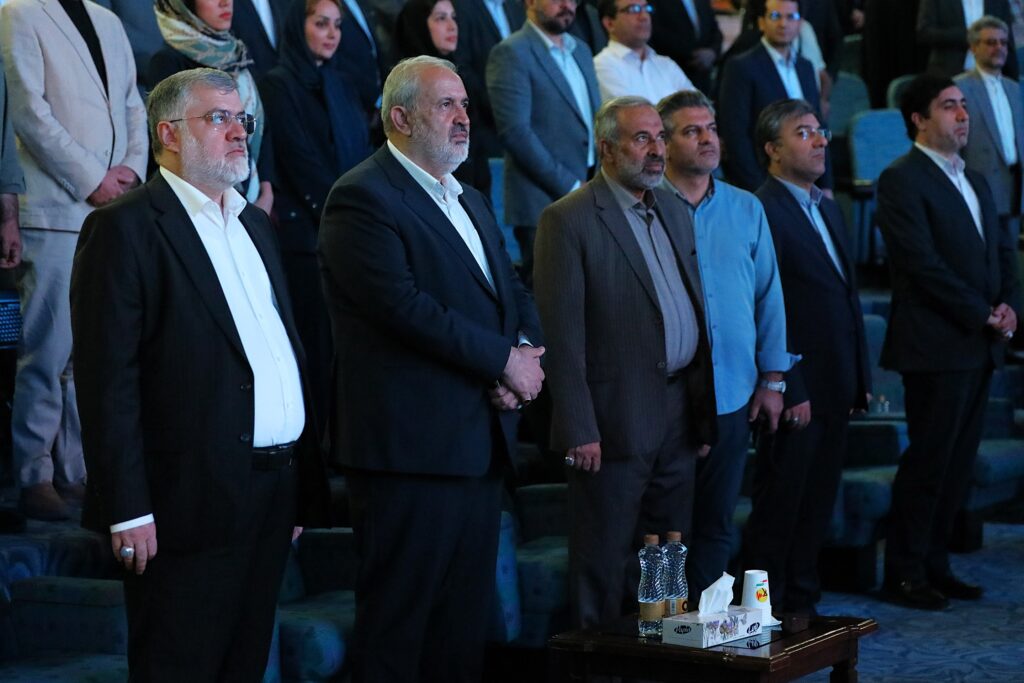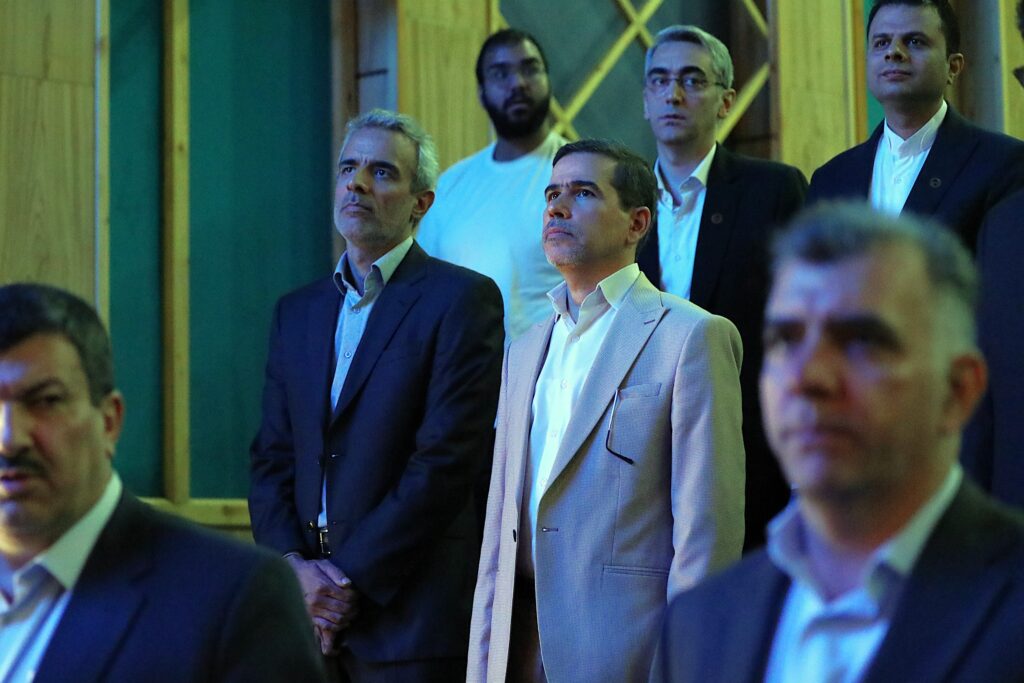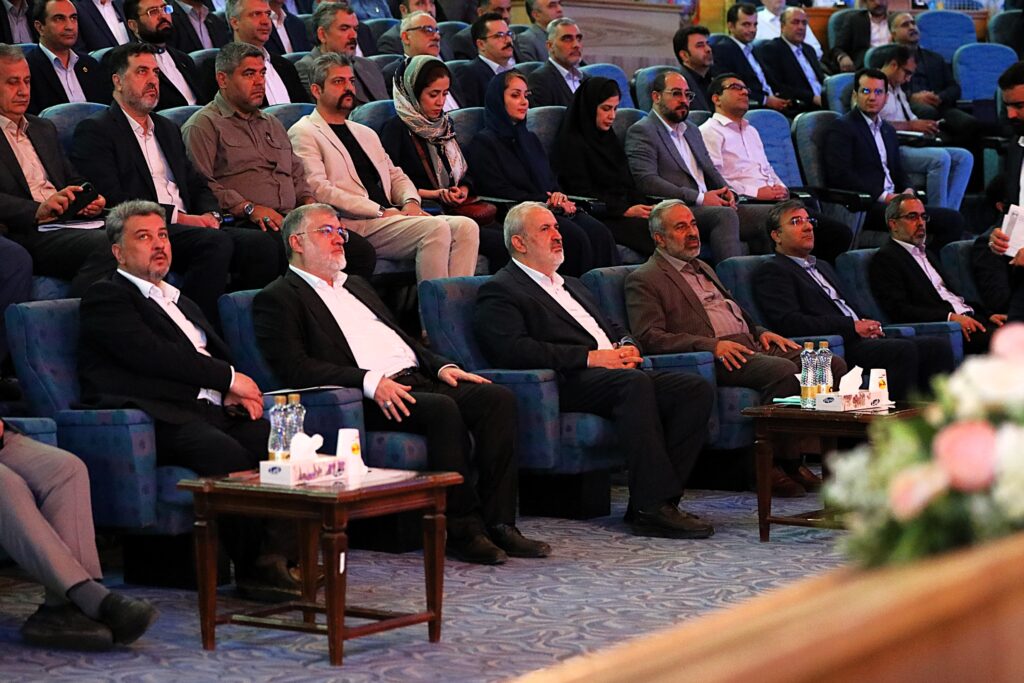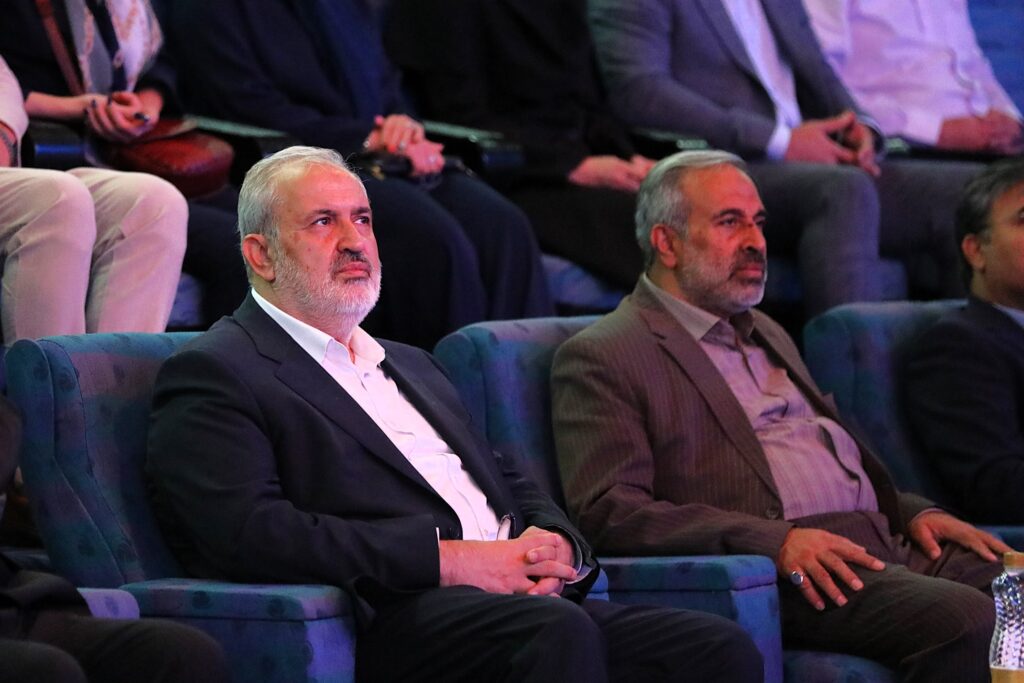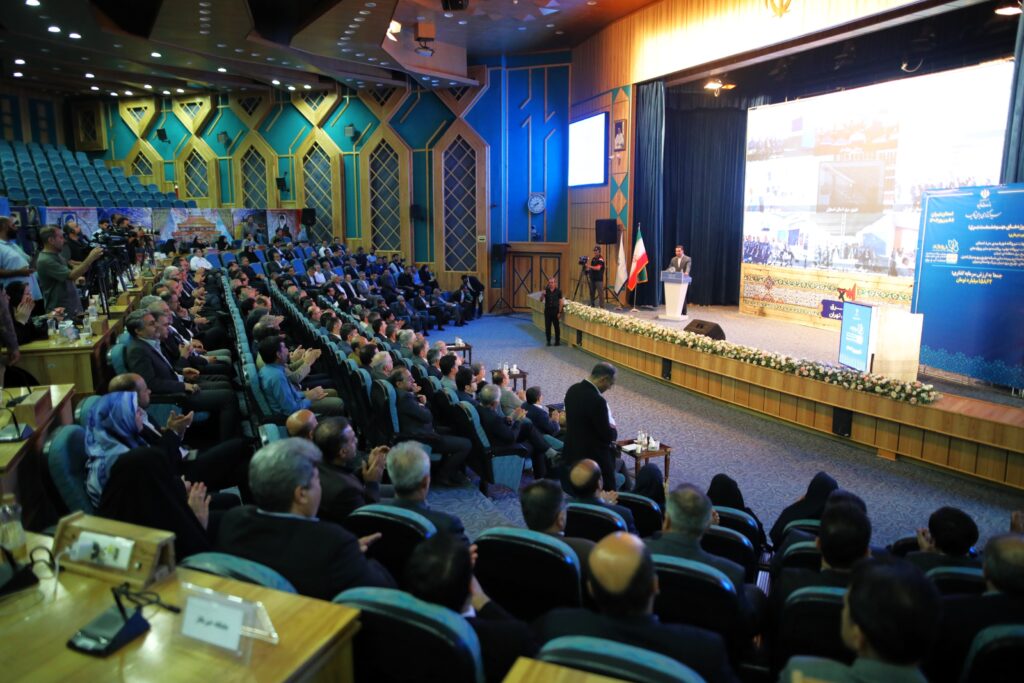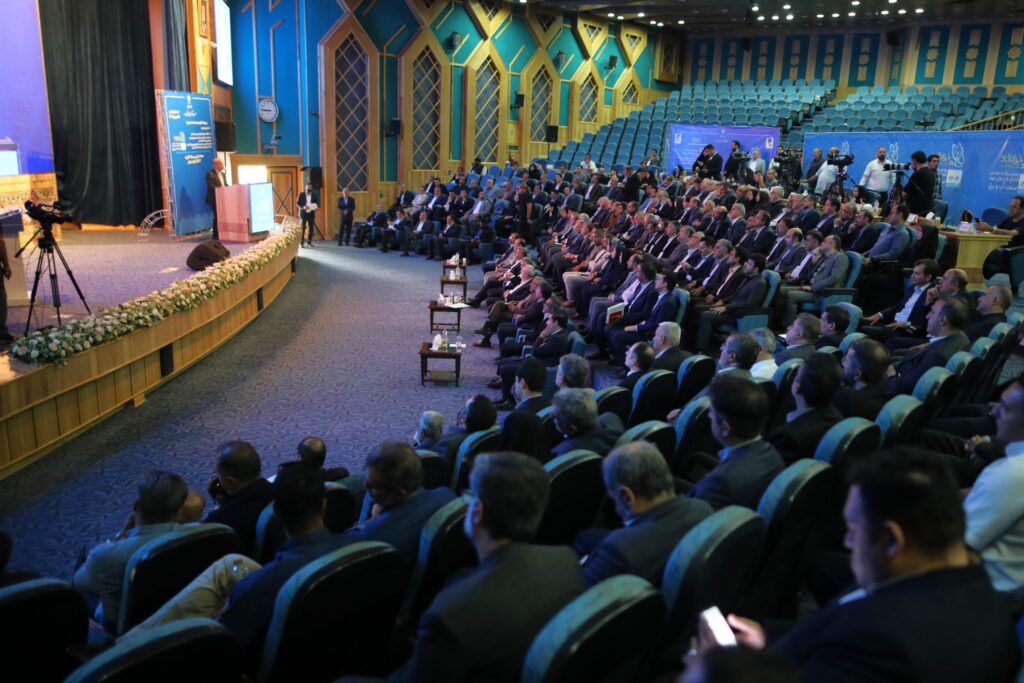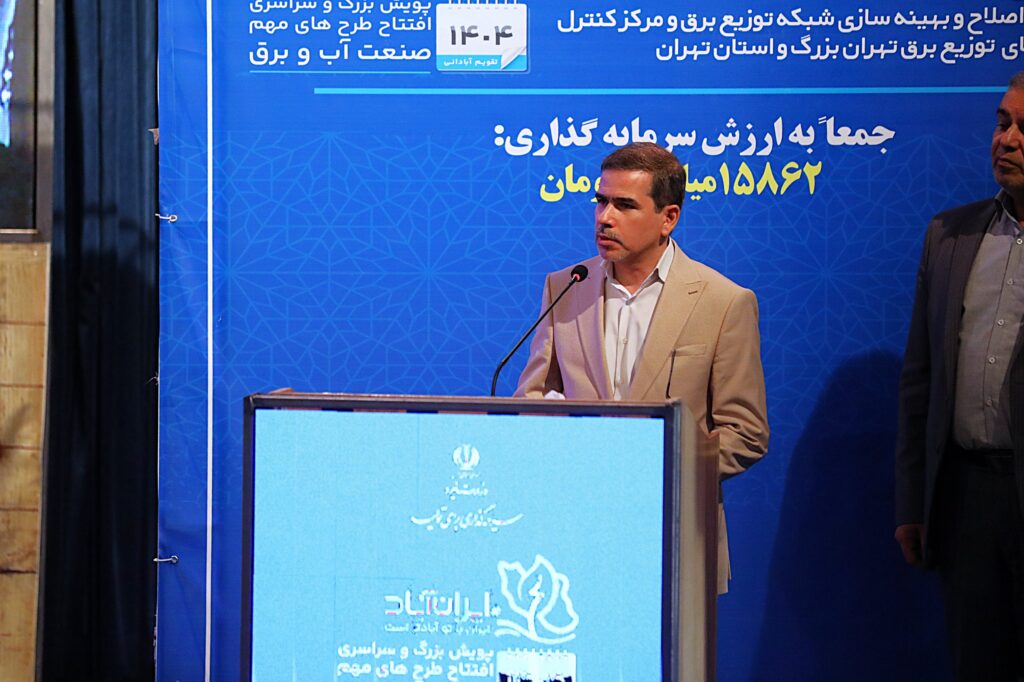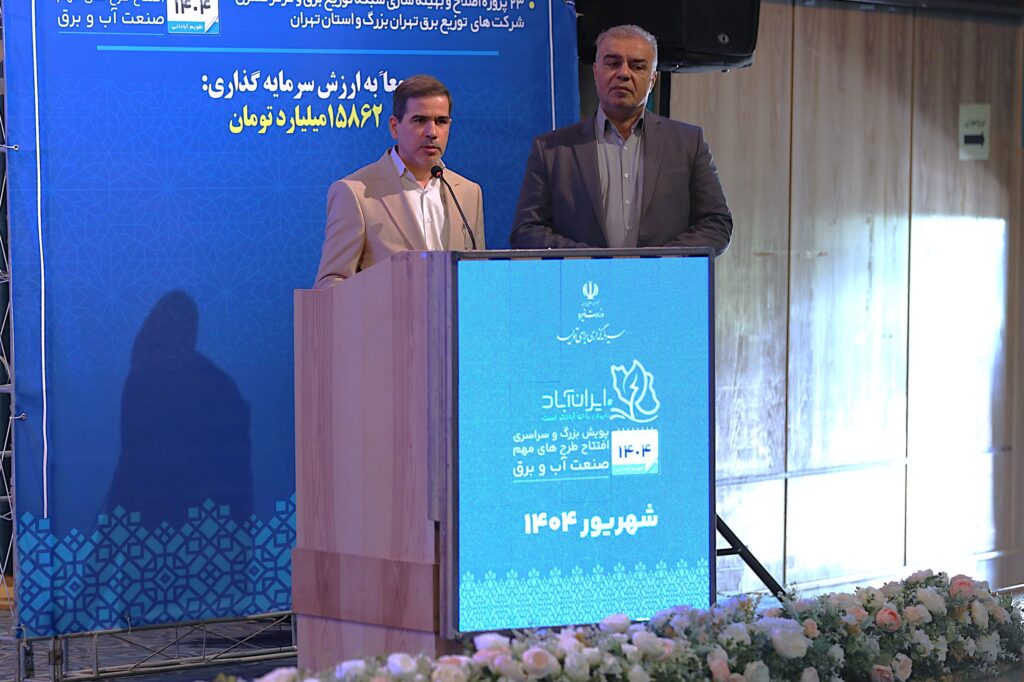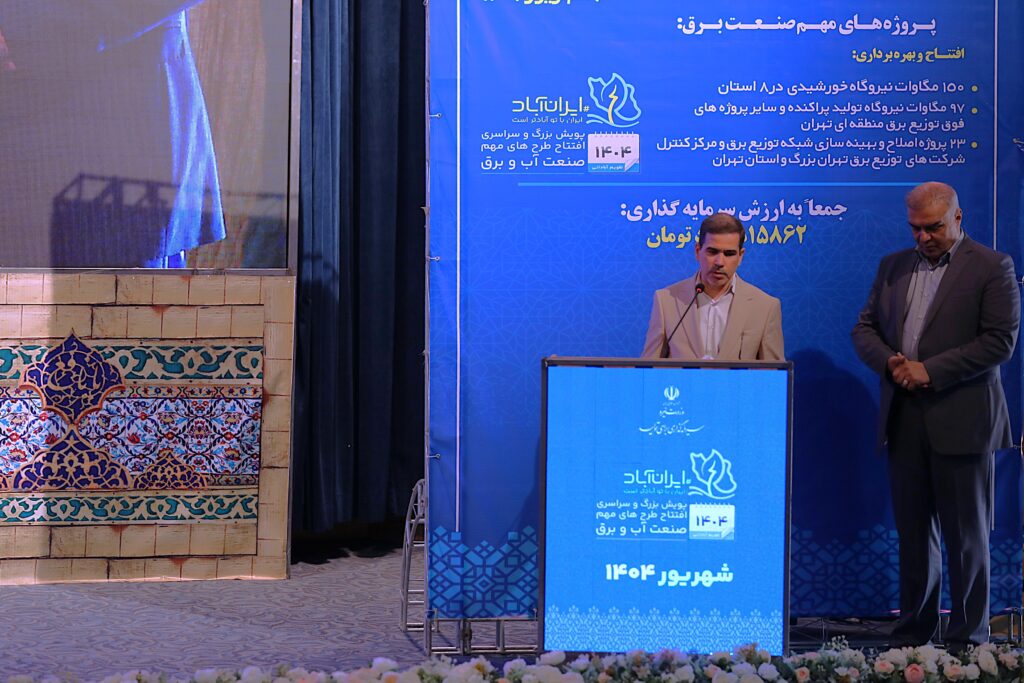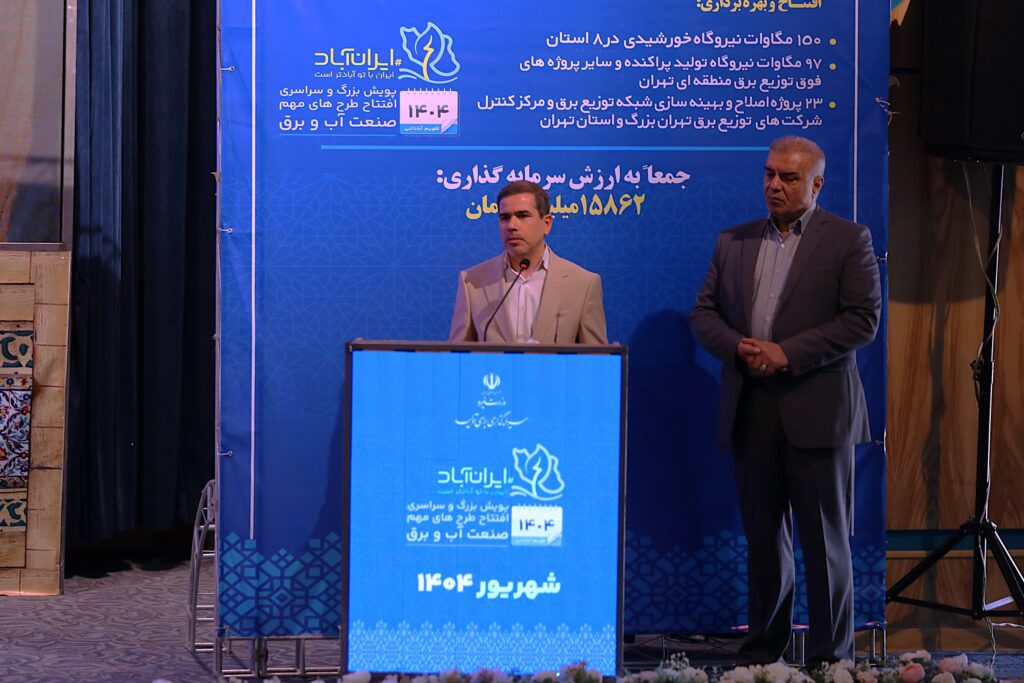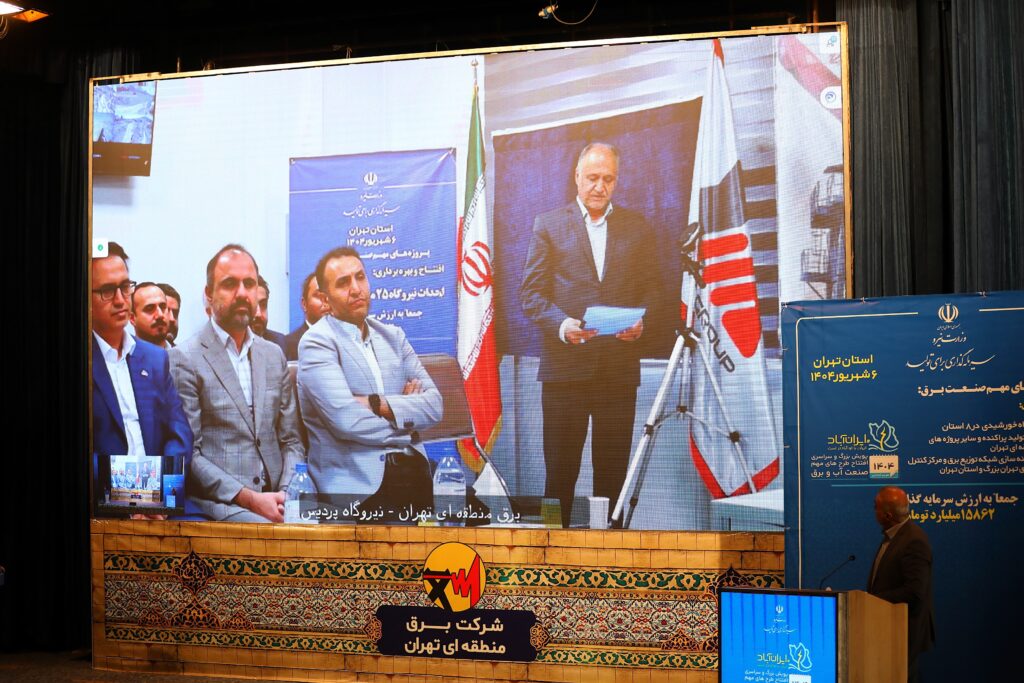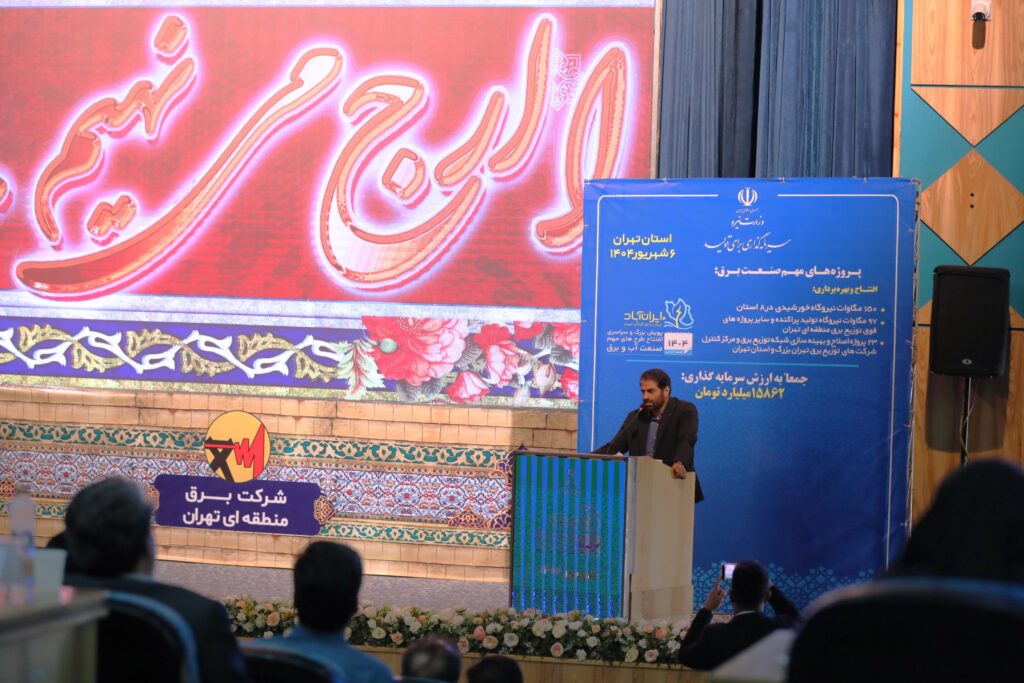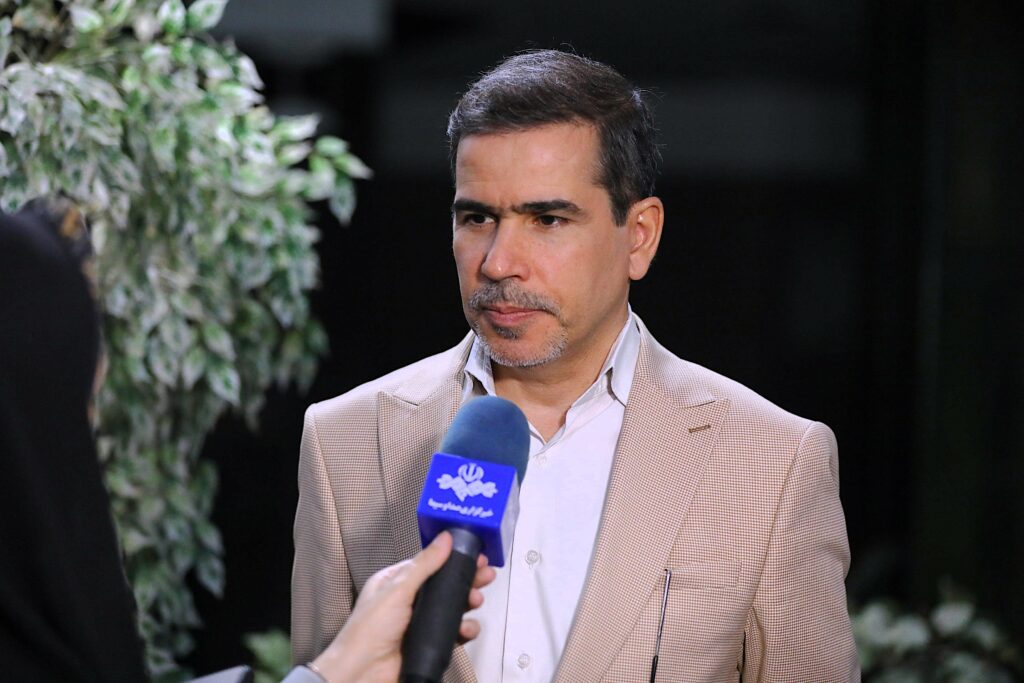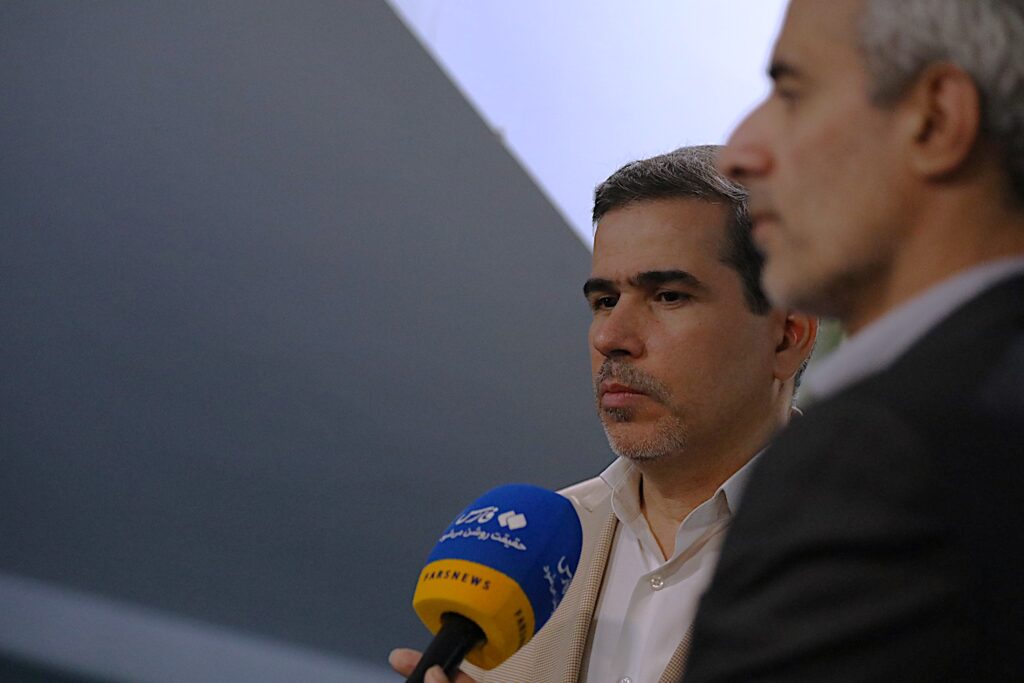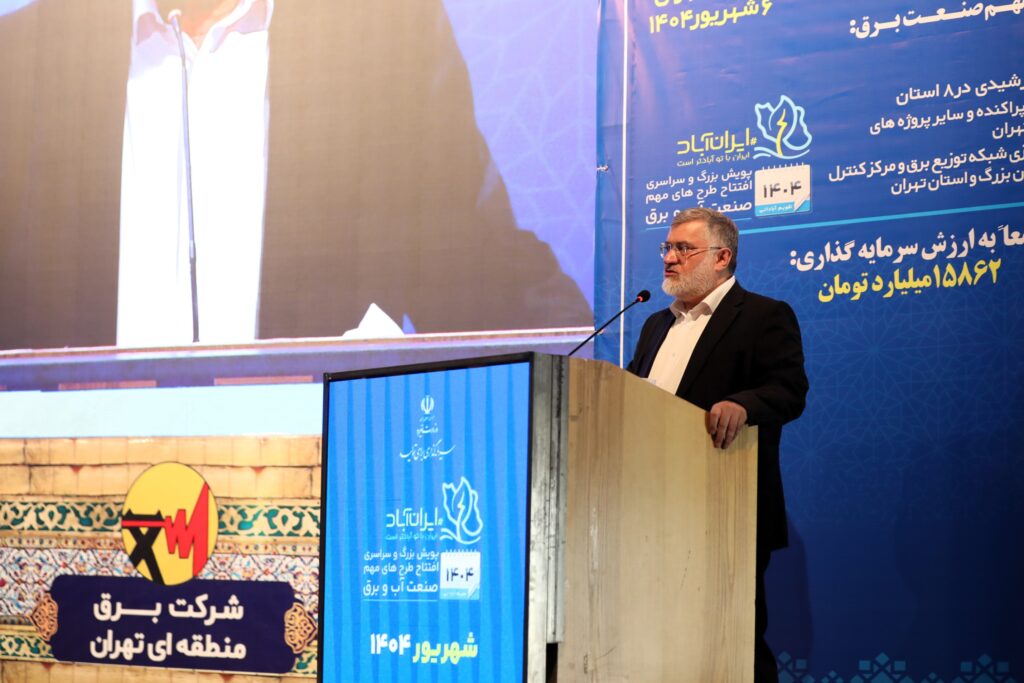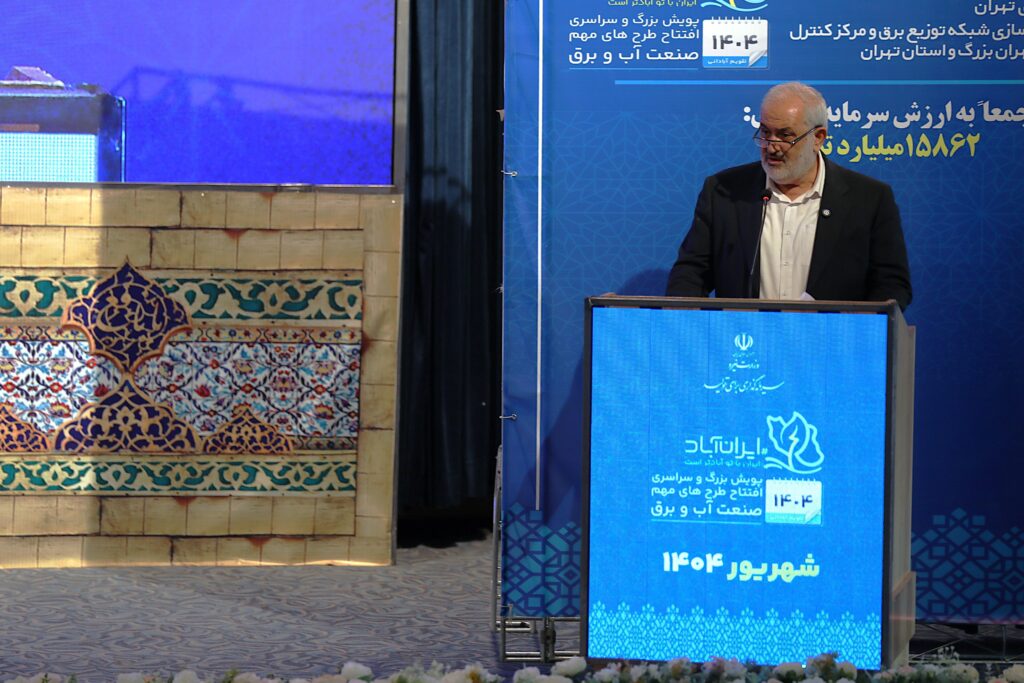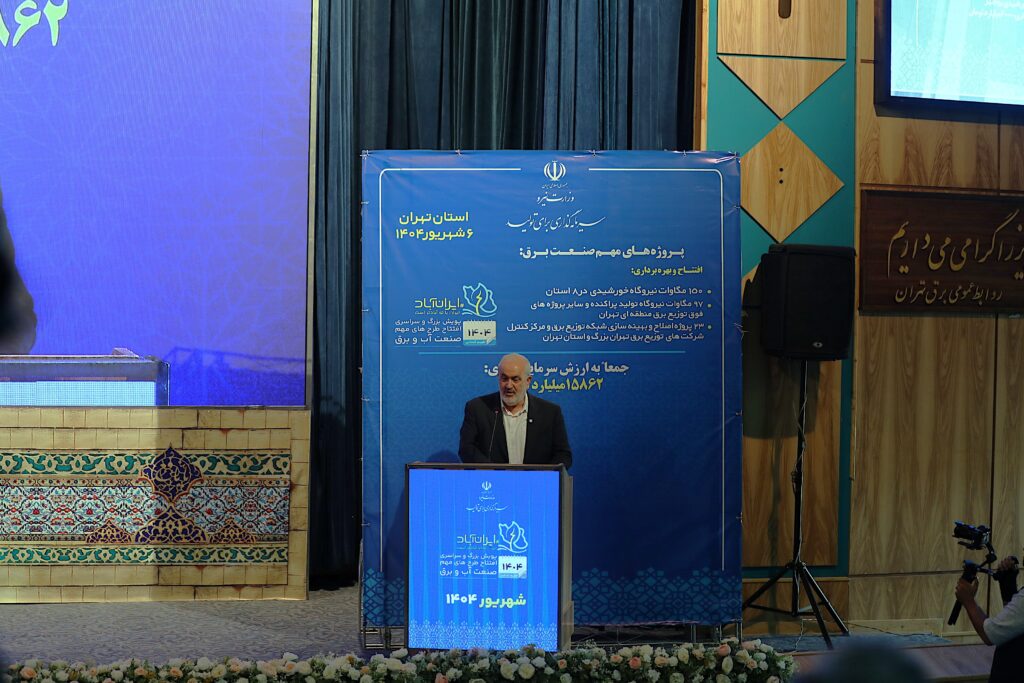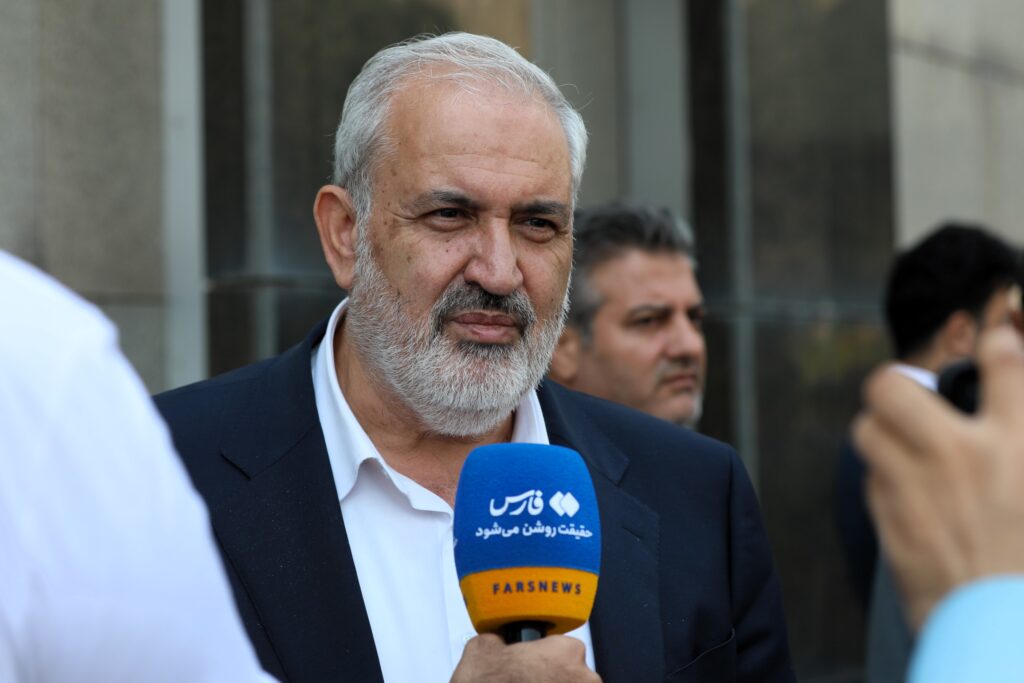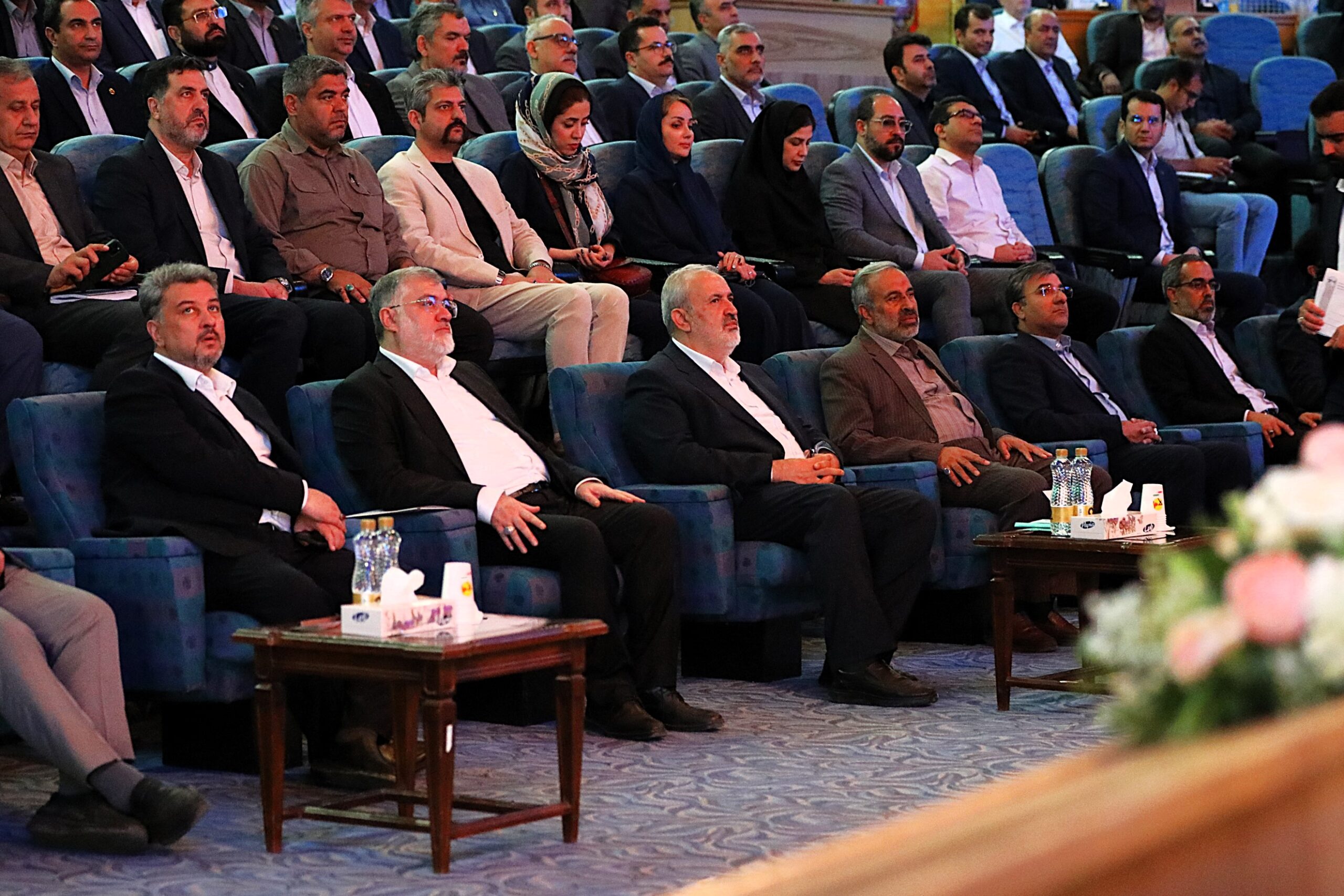At a ceremony attended by Iran’s Minister of Energy, the Governor of Tehran, parliament members, and MAPNA leadership on August 28, 2025, MAPNA Group officially commissioned its 25 MW mini power plant in Pardis.
This plant was developed in just six months by MAPNA Power Plants Construction & Development Company (MD-1), financed by Parand Power Generation Company, and will be operated by MAPNA Operation and Maintenance Company (O&M Co).
Equipped with a domestically engineered MGT-30 gas turbine—produced by MAPNA subsidiaries including TUGA, Pars, and MECO—the Pardis unit underscores the conglomerate’s growing technological autonomy and commitment to local manufacturing
Thanks to this rapid development, the facility can sustain electricity supply for approximately 54,000 households, easing pressure on the eastern Tehran grid, reducing transmission losses, and bolstering overall network resilience.
MAPNA honoring its commitment to add power to grid
At the inauguration of the 25 MW Pardis power plant, MAPNA Group President Mohammad Owliya presented a report on the company’s performance over the past year in expanding the country’s power capacity.
He recalled MAPNA’s agreement with the Ministry of Energy after the formation of Iran’s 14th administration. According to him, MAPNA committed to adding 4,000 MW of new power capacity if financial resources were secured.
“In the past year, despite financial constraints, more than 3,000 MW of new units—including thermal power plants, capacity upgrades, and renewables—were added to the grid,” he said.
This, he noted, shows that MAPNA has already fulfilled 75 percent of its one-year pledge.
Owliya highlighted that during this period, 140 MW of solar plants were built and put into operation, with 5 MW dedicated to powering MAPNA’s own factories. He added that about 500 MW came from upgrades at thermal power plants, while the rest was achieved through the construction of new thermal units.
He went on to say that the necessary groundwork for renewable energy expansion was largely completed last year. “We expect the number of renewable projects built in the coming year to be significantly higher,” he said.
The head of MAPNA Group pointed to the importance of supporting domestic supply chains. He said a large share of these projects was carried out through credit-based purchases from local suppliers, and that special attention is needed to ensure timely payments to this vast production network.
According to Owliya, of the 3,000 MW of new capacity MAPNA added to the national grid over the past year, 500 MW was in Tehran Province. This includes a 345 MW steam unit at Rudshur combined cycle power plant, a 90 MW capacity boost at Parand combined cycle power plant through installation of a media system, a 42 MW gas unit in Rey, and finally, the 25 MW Pardis unit, which was officially inaugurated today.
Furthermore, Owliya said small-scale and distributed generation plants are crucial to sustain the grid. “These units have a direct impact on eliminating weak spots in the power grid,” he said.
He pointed out that similar plants had already been built in Behshahr and Khuzestan, and that the commissioning of the Pardis plant represents another step toward strengthening grid stability in Tehran Province.
Pardis is a rapidly developing city located northeast of Tehran. It is home to a growing population, technology parks, and residential complexes, which have created rising demand for stable electricity.
